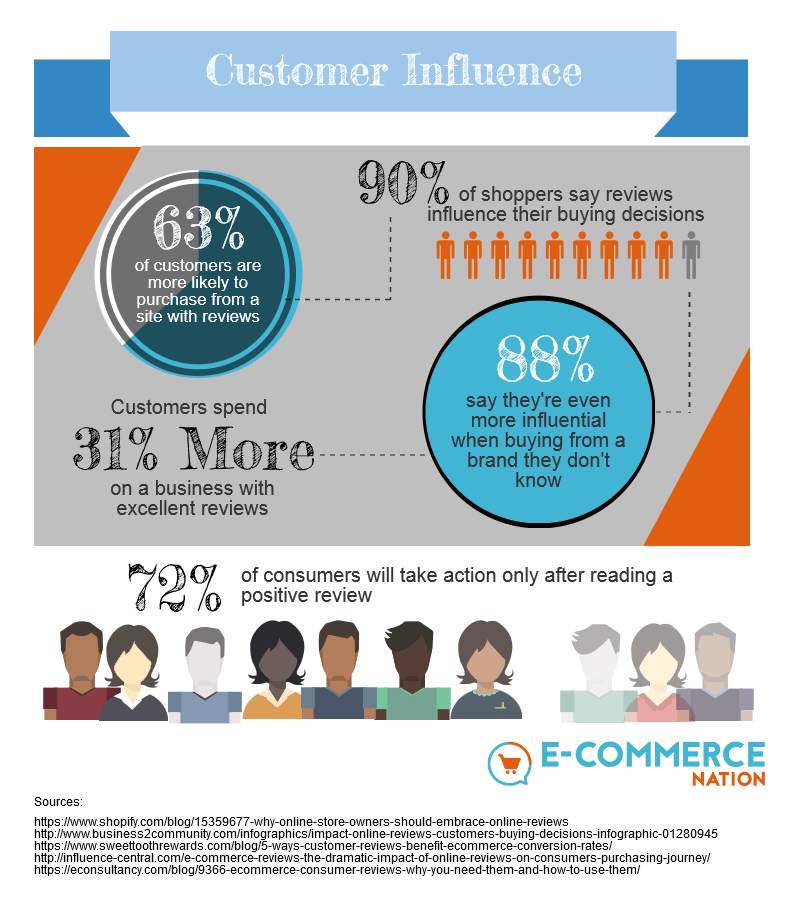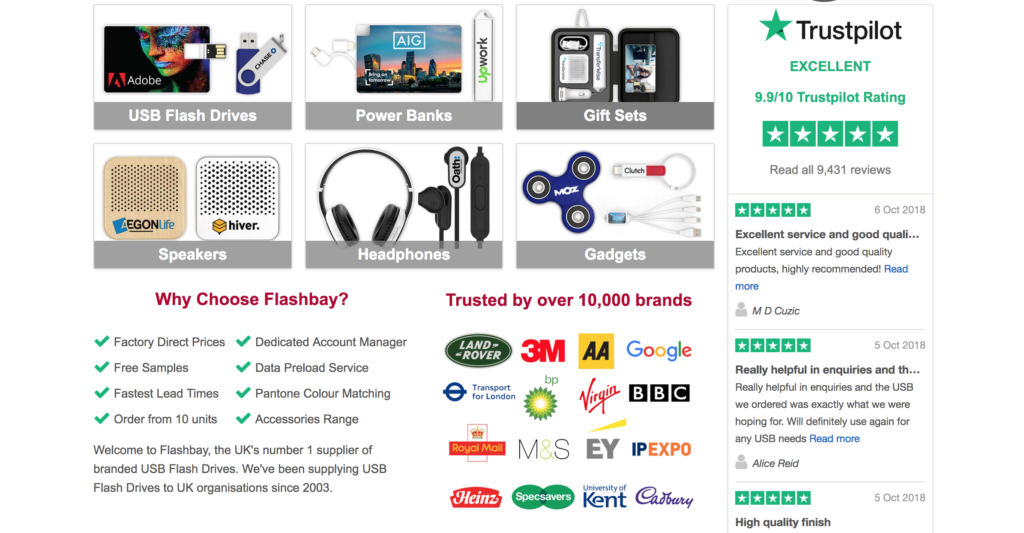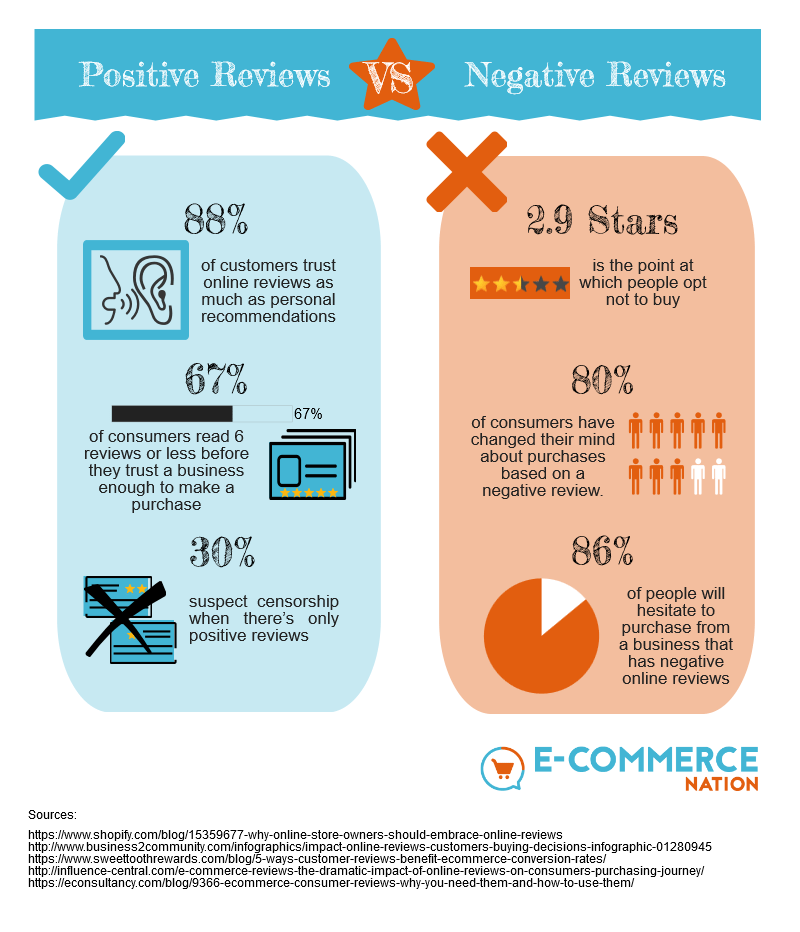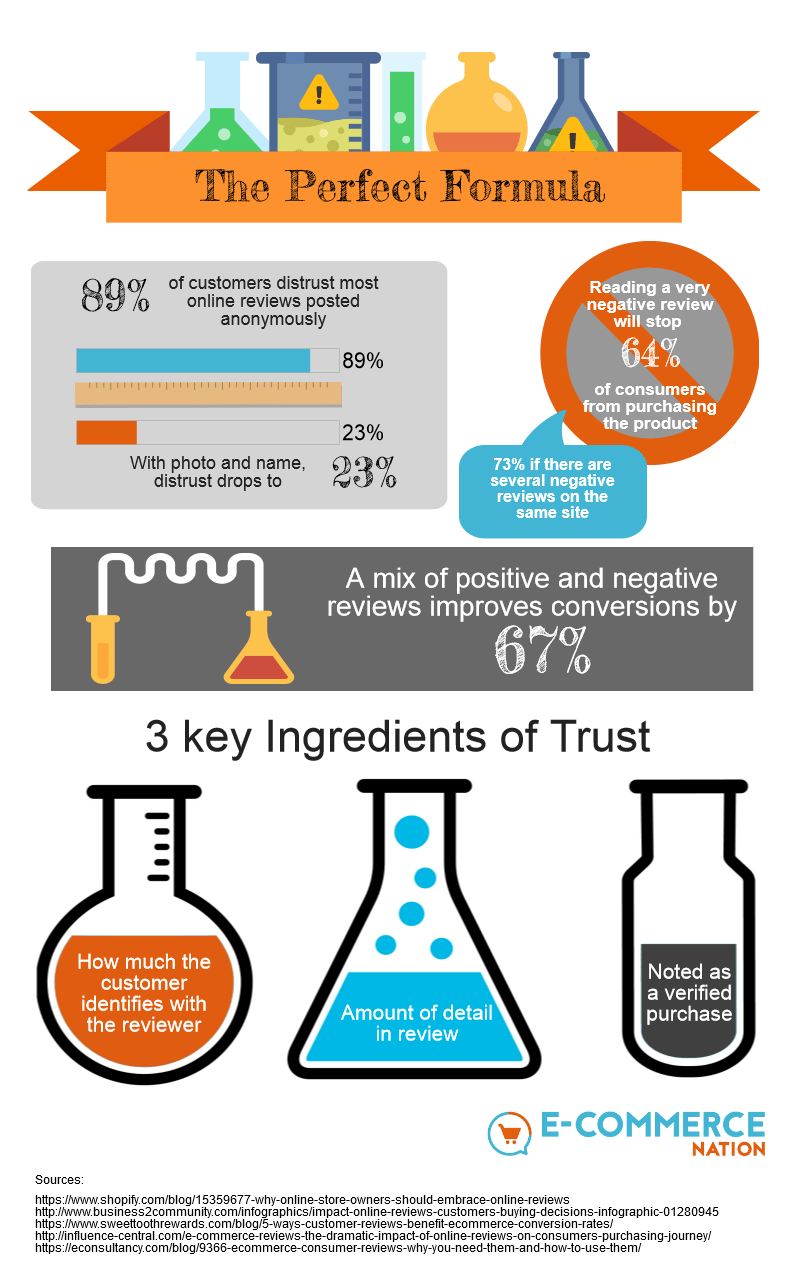You might not know this about me, but I am an online shopping guru.
I have poured over online reviews in the wee hours of the morning, on my phone, in bed, searching for everything from plumbing accessories to new boots. I’m the queen of finding exactly what I’m looking for, and purchasing it in under 5 minutes. I’ve also left thousands of online reviews, both bad and good, for various products and services that I’ve tried.
How Online Reviews help improve sales
I’m going to share with you how to use online reviews to get customers like me to find and trust your site, purchase your products, and review what they’ve purchased. As a bonus, I’ll even tell you how to handle bad online reviews with the grace of a monarch.

Step one: make your site searchable. Online reviews help your site’s SEO significantly if you’re using them correctly.
How to use Online Reviews to get more traffic
Google loves websites that update with fresh, unique content regularly. Online reviews do just that: by having customers regularly update your site with product reviews, you provide fresh content for search engines to find you easier. This will add more crawlable content for your product descriptions and can also provide great content for rich snippets. In fact, rich snippets that contain reviews get a 10-20% improved click-through rate.
By having customers regularly update your site with product reviews, you provide fresh content for search engines to find you easier.
How can you maximize the online review content for your SEO?
Make sure there are no duplicates. Search engines mistrust sites with duplicate content, so while you can feature a review on the homepage, make sure it has one unique URL on one single page. Also, make sure your reviews are HTML friendly– avoid relying on Javascript, flash, etc, which aren’t as easily crawlable.

How to Gain your Customer’s Trust
The next step is using online reviews to give your E-commerce credibility. Customers get warm and fuzzy when they can plainly see that others have shopped on this site, and they’re even more influenced if the majority of them have had a good experience.
Note that I said “majority.” Save it for later, I’ll get back to it.
These reviews can have a largely positive effect on the way your customers perceive you. According to a study by Influence Central, 88% of consumers consider online reviews very influential when purchasing a new product from a brand they don’t know. Integrating online reviews to your site can be the difference in customer acquisition.

Outside of the credibility online reviews offer your E-Commerce, online reviews let’s you know what your customers expect out of your products, services, and logistics. You get voluntary engagement by your customers and unbiased insight into their opinions on your business.
You can use this valuable information to offer similar products or services in the future, and in the event of a negative review, this can allow you to pull the product concerned, or see first-hand which areas you need to improve.
How to get your customer to review their purchase
This might be the hardest part. How do you get your customer to offer their time to review something they’ve bought? What’s the incentive?
The simplest way to get a customer to review your product is to ask. Automate emails to go out to customers who have recently purchased an item from your store and ask them how they liked your product.
They might review your product because they were either especially pleased with their purchase, or particularly dissatisfied. The point is, if you want a customer to review your product out of the kindness of their hearts, don’t make it complicated.
If your customers aren’t particularly kind or if they don’t have loads of time to kill, try offering an incentive to drive customers to reviewing your products.
You can do this several ways:
- Offer exclusive coupons for product reviews: This can not only help get your customer to review the product, but it can also help bring that customer back and promote loyalty.
- Work on a loyalty point system: Shopify suggests going with a point system to get customers to review their purchases. This is useful not only for getting the review, but point systems tend to promote loyalty as well if combined with points earned through purchases. Customers will be eager to exchange their earned points for rewards, discounts, and special prizes.
- Sneak previews to new product lines: Offering a customer an exclusive look into what’s coming makes the customer feel appreciated. This can be a great incentive when offering a discount isn’t possible.
Regardless of whether or not you offer incentives for product reviews, the above incentives are a great way to show appreciation after a customer reviews you. You want to keep your customer coming back, and every moment that your customer spends on your site is another opportunity to get them to purchase.
What do I do when I get a bad review?
In a perfect world, you’d get it right 100% of the time. However the reality is that we’re human beings and mistakes happen. Sometimes, mistakes don’t even have to happen to result in an unhappy customer.
You can’t please everyone, and chances are, a customer might blame you for their own mistake or another generally arbitrary reason.
And that’s okay.
According to Econsultancy, a mix of good and bad reviews can improve conversions by 67%. Why does this happen? It makes the good reviews look more credible, and having only good reviews makes customers suspect censorship.

But you still might want to address the review in any case, because there’s a fine line between a few bad reviews that make shoppers trust the good reviews, and too many bad reviews that dissuade otherwise ready buyers. Here are 7 tips to dealing with bad reviews:
- Respond promptly: if your site offers the possibility to respond publicly, go that way if you can. It’s important to show that you’re responsive to your customers, good or bad. Don’t let it just sit for weeks.
- Admit your mistakes: Analyze what went wrong and try your best to address that problem. Don’t be defensive, it’s the easiest way to kill your reputation.
- Correct inaccuracies: Did the customer get something wrong in the review? You have a wealth of information at your disposal. If there’s anything that’s not truthful in the review, address it tactfully.
- Highlight your strengths: If it’s a problem that you can’t necessarily fix, highlight where your business works best when responding.
- Write like a human, not like a corporation: Use “I” statements as opposed to “we” statements, and be as real as possible. This will help humanize your brand and reach your customers in a more personal way.
- Take it offline: Use this tactic sparingly. You don’t want to censor your customers, but a particularly cringe worthy review can have a huge impact on your customers if they offer it credibility. In a worst case scenario, you can remove the review.
- Provide restitution if necessary: If the complaint is founded, and this was really a mistake on your part (and even if it wasn’t), you can improve the image of your company by offering to make up for it. Free returns, reimbursement, complimentary products, or a discount can be the difference between a bad review that drives customers away, and addressing a review that makes your customers trust you more.
Use these tips to turn bad reviews into good publicity. You want to show that you’re reactive when your customers have complaints, and this will help pull customers back to you over your competition.

As a business owner, bad reviews are the worst. But they play an important role in your online reputation and how customers perceive you. They can help you grow in your E-commerce business and make you a better business. Quality reviews, good and bad, are a good thing for your business and you can use them to your advantage.
Any tips about customer reviews? Leave a comment below or Tweet us!





